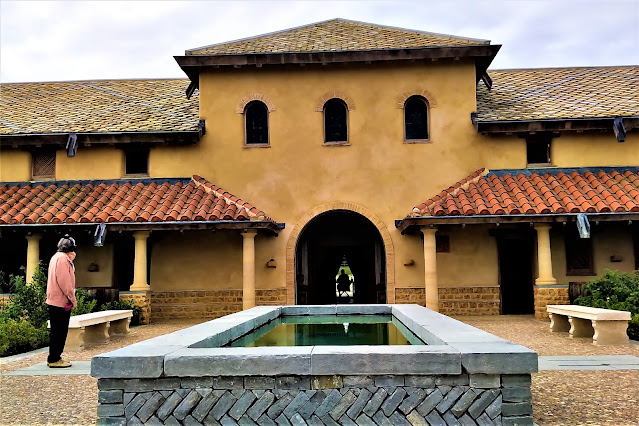Compton Bay Fossils, Isle of Wight, England
Extreme wet and windy conditions at Compton Bay at time of my visit.
Introduction
This afternoon, I am reporting on a recent visit to Compton Bay, one of the richest dinosaur remains sites in Europe.
Dinosaurs left their footprints and sometimes bones in the muddy lagoons which were prevalent in the region about 125 million years ago.
The local coast is subject to on-going erosion resulting in fossilised remains falling down onto the beach.
So far fossils from over 20 different dinosaur species have been in the area which comprise:
- Dinosaur bones (usually black and shiny with a honeycomb texture).
- Dinosaur teeth, which usually look like huge black teeth.
- Wood which is black and leaves a black mark when scraped on a stone.
- Large, three-toed iguanodon foot casts at the base of the cliffs.These measure 30-60cm across.
To assist my understanding I engaged a specialist guide.
Images and Further Information on the fossils at Compton Bay.
Location is the rich, red beach section in bottom left of image.
Cliff erosion which feeds fossils onto beach below.
'Cast' of iguanodon footprints on beach.
Video clip of guide explaining the various finds.
Upon returning home I noticed what appears to be the outline of a lion or similar on the stone below. This could be a geological fluke but on the other hand the animal outline appears to be appropriately proportioned.
Overall, despite two wet feet from the crashing waves,this trip proved a good learning experience.








Comments
Post a Comment